4" 150LB butterfly valve is made according to API 609 standard. The valve body is made of A216 WCB. It has the structural characteristics of center line. Its connection mode is lug (UNC threaded hole, RF 125-250AARH). And it has lever (locking device) operation mode.
Payment:
30% when order confirmed, 70% before shipmentProduct Origin:
ChinaColor:
CustomizationShipping Port:
Shanghai, ChinaLead Time:
30~60 days Ex Works after order confirmationMaterial:
A216 WCBMethod of Operation:
Lever (locking device)Product Description
|
Type |
Butterfly Valve |
|
Size |
4" |
|
Pressure |
150LB |
|
Connection |
Lug (UNC threaded hole, RF 125-250AARH) |
|
Operation |
Lever (locking device) |
|
Body Material |
A216 WCB |
|
Design Norm |
API 609 |
|
Face to Face Dimension |
API 609 |
|
End Type |
ASME B16.5 |
|
Test & Inspection Code |
API 598 |
|
Temperature |
-29 ~ 100°C |
|
Applicable Medium |
Water, Oil and Gas |
Features
1. Simple structure and convenient manufacturing;
2. Small size, light weight, low material consumption, and small installation size.
Technical Drawing
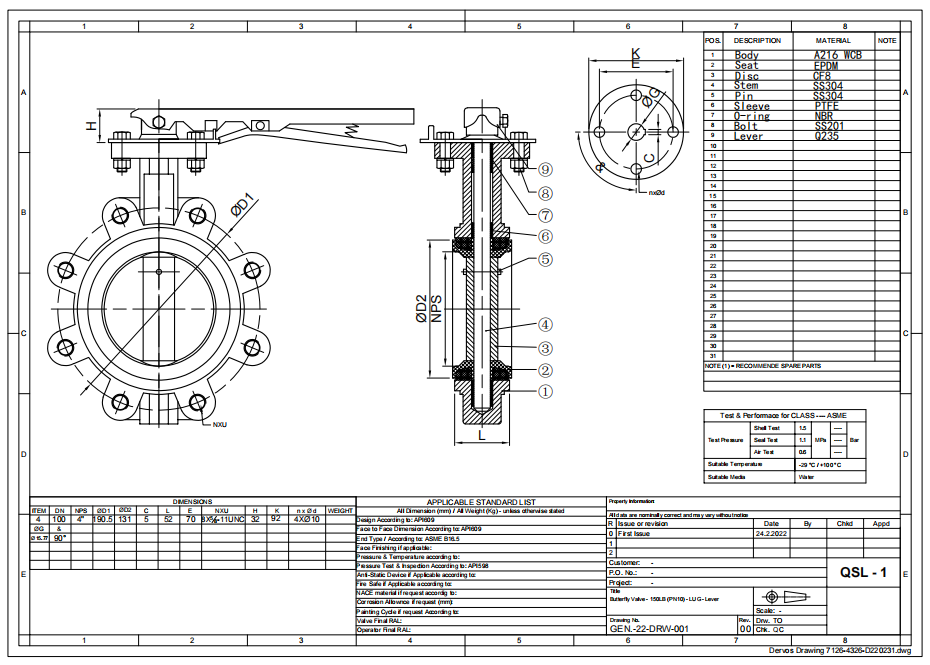
Dimension Checking
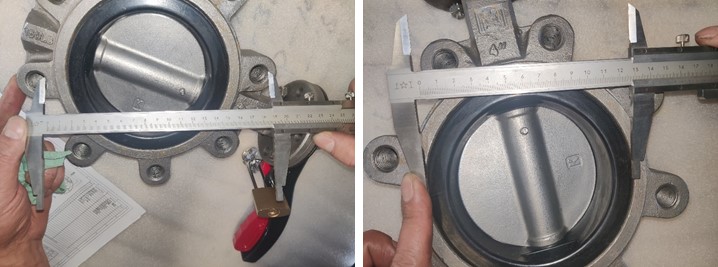
Pressure Testing
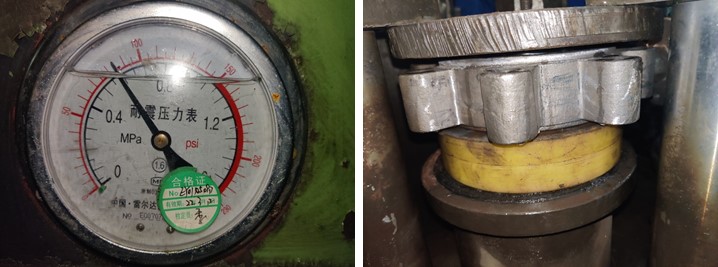
Nameplate & Packing
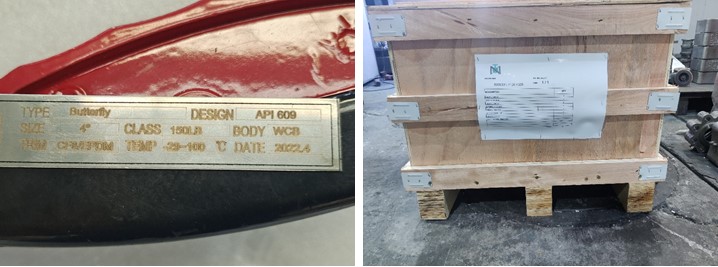
Inspection report
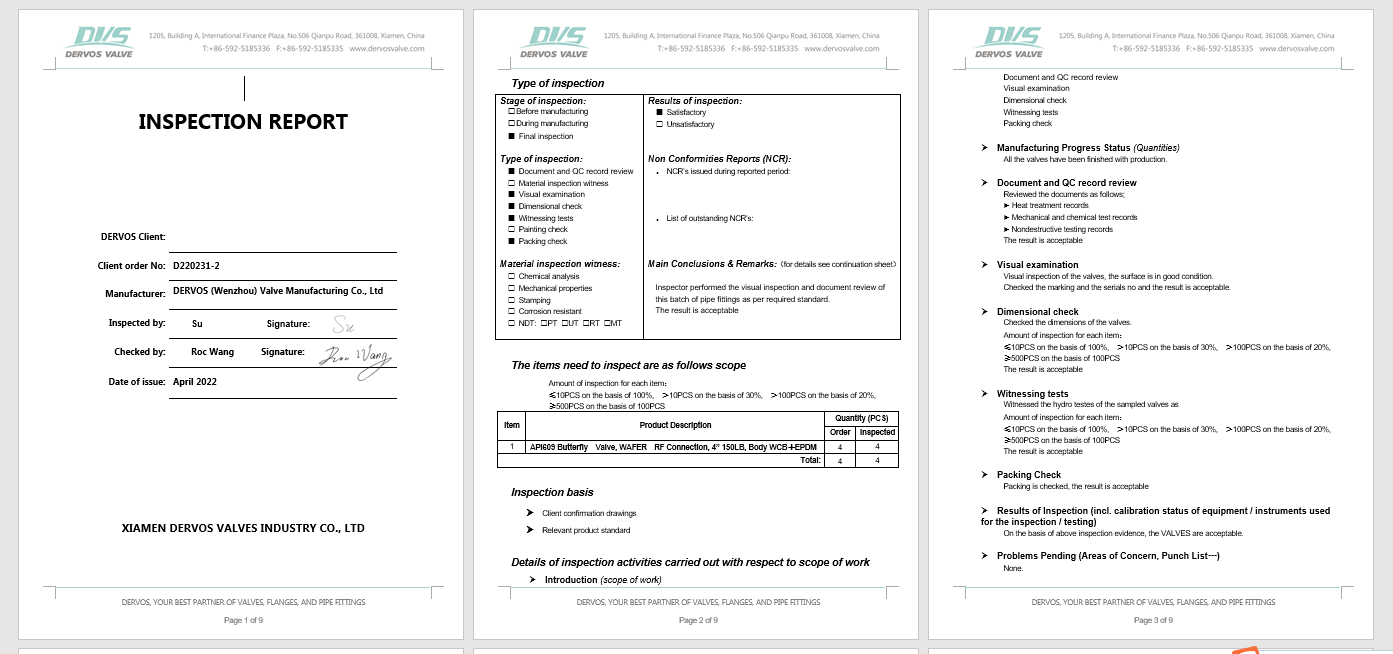
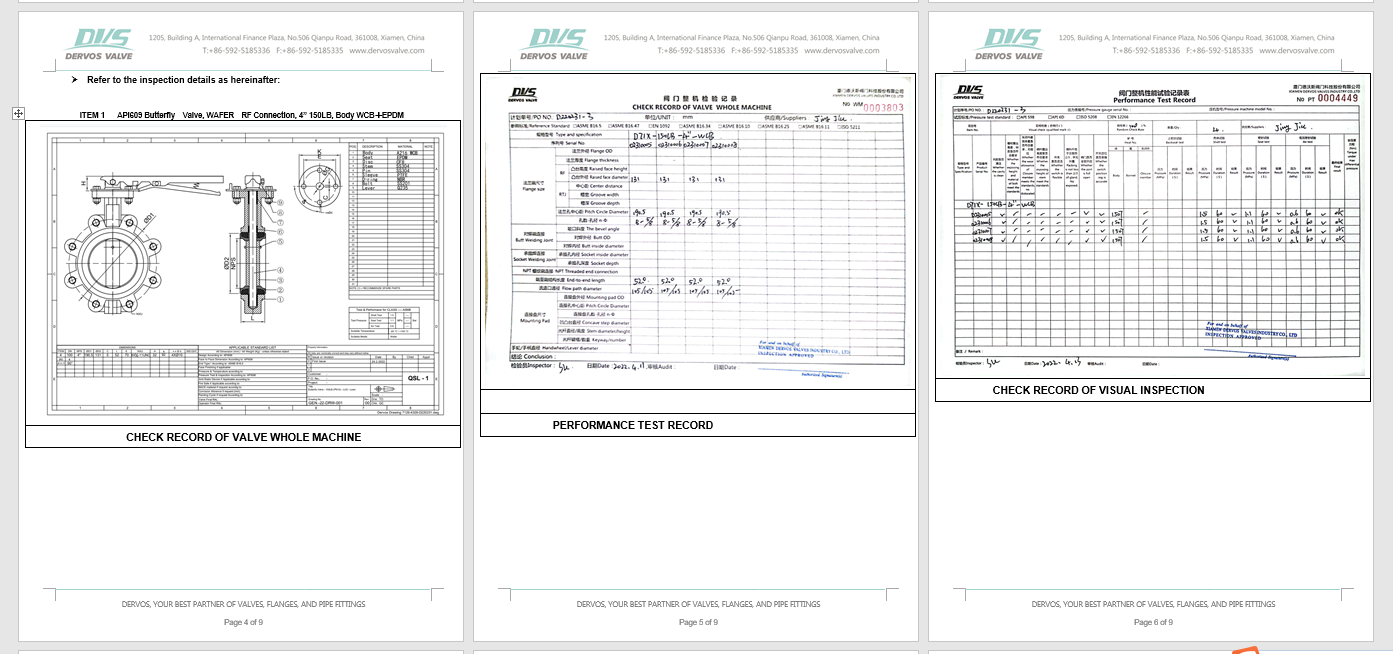
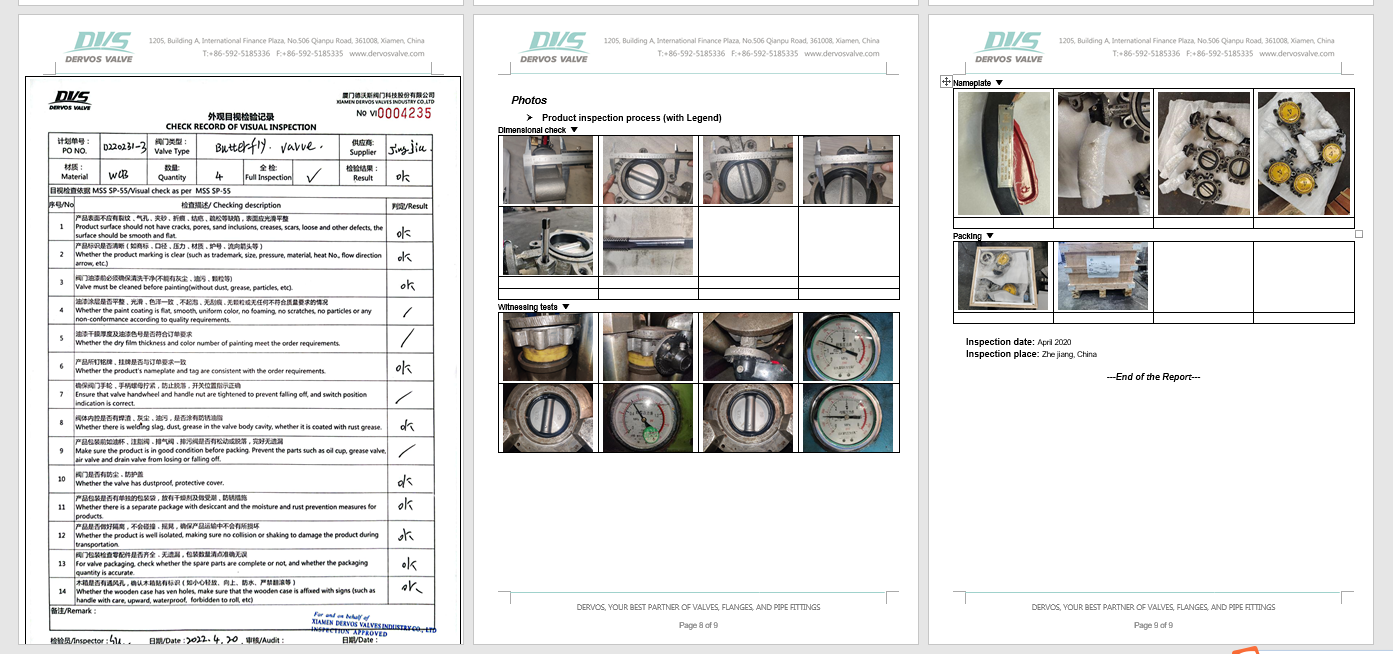
If you are interested in our products and want to know more details,please leave a message here,we will reply you as soon as we can.